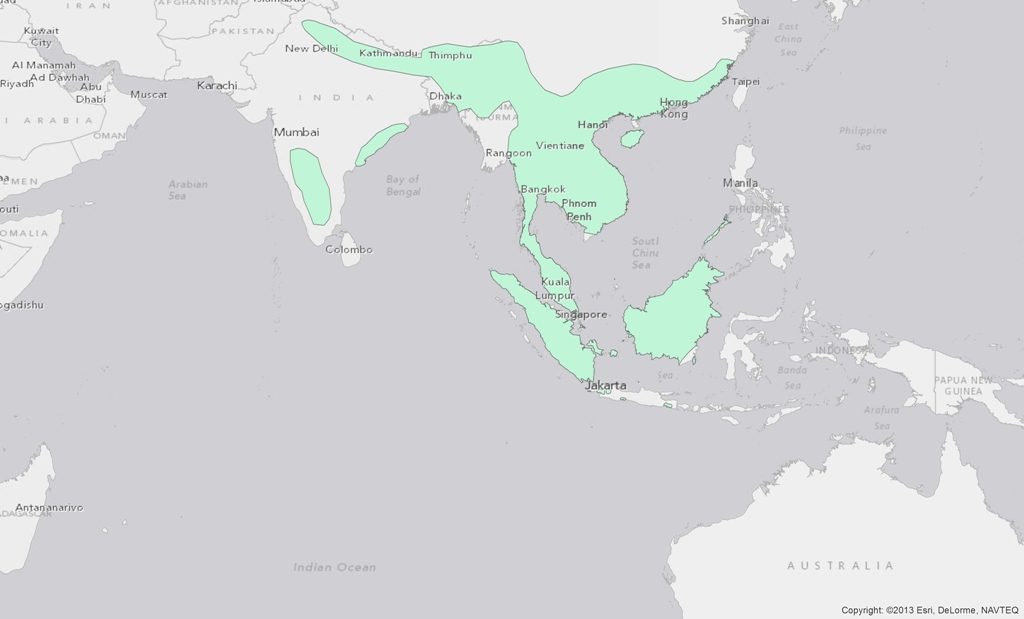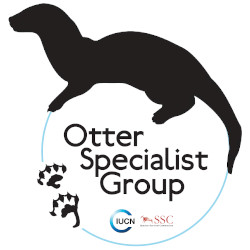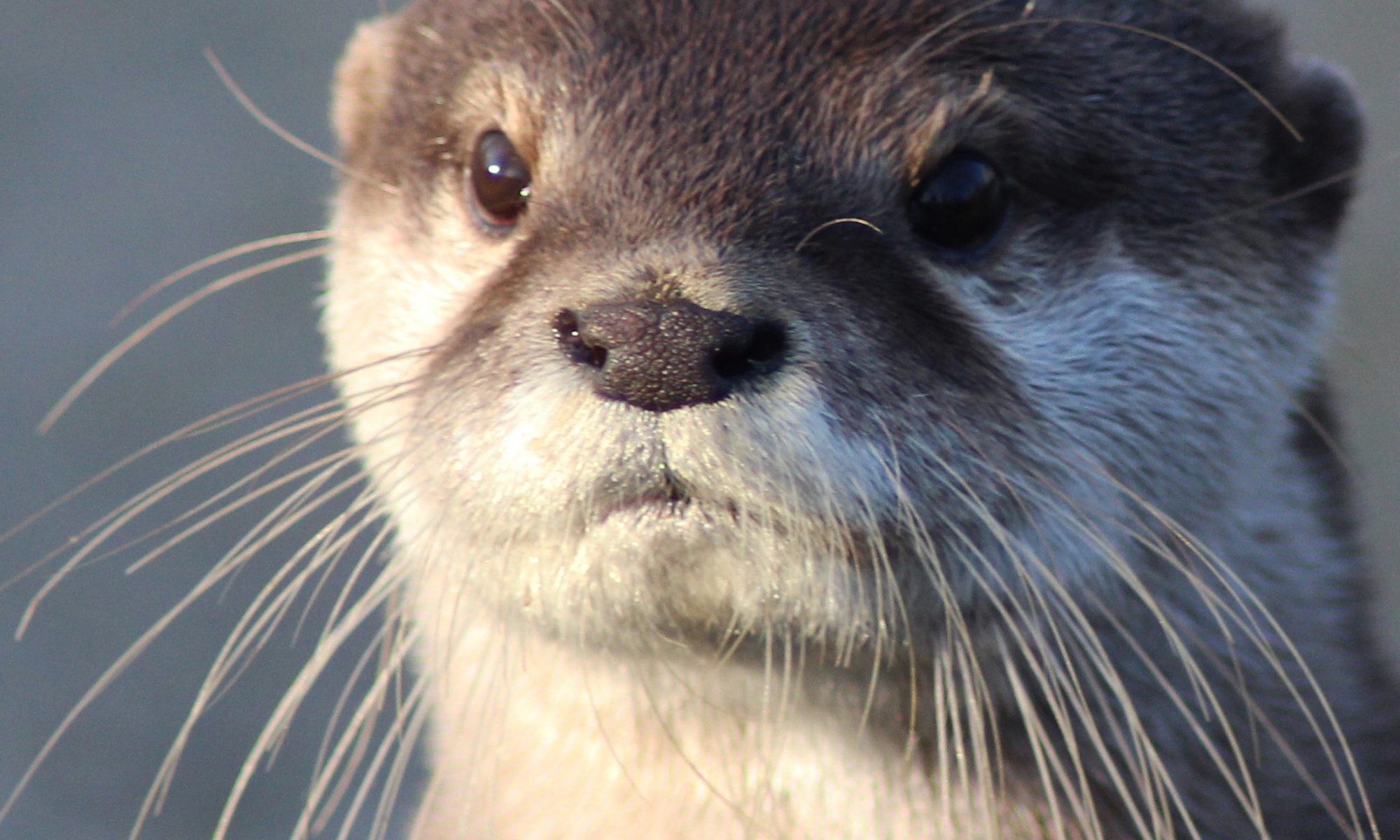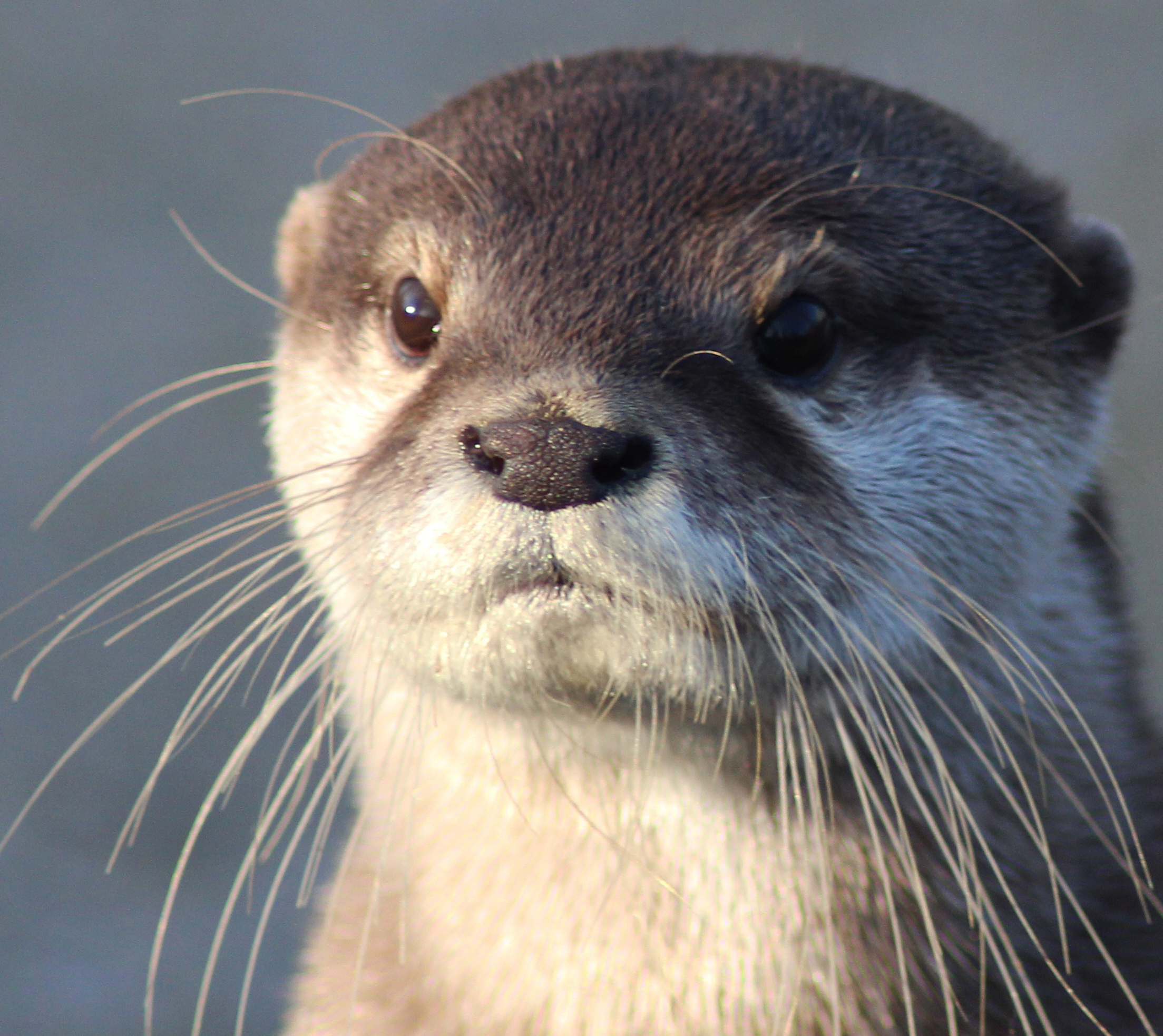alias: oriental small-clawed otter, asian short-clawed otter, ash otter
predators: large carnivores, crocodiles
threats: poaching, habitat loss, overfishing, pet trade, pollution
size: 65-94 cm (body 40-63 cm; tail 25-35 cm) weight: 2-5 kg

If you give an otter a piece of fish, the otter will reach for it with its mouth. Give a small-clawed otter a piece of fish and it will grab it in its hands! An extremely dextrous animal with reduced claws (hence the name) and diminished webbing between the fingers, this otter is probably the most charismatic in the world. Like its close cousin the smooth-coated otter, it is very social, forming dynamic, playful family groups. They form lifelong monogamous pairs and are very adaptable, living in fast flowing waters in Thailand, pools of stagnant water in West Java, swamps, rice paddies, peat and mangrove forests. During their foraging trips they wander further from the water than other Asiatic species, looking for crabs, along with snails, molluscs, insects and small fish. Sometimes seen in large groups of up to 20 individuals, the crab-eating otters are seen as an asset by local rice farmers since crabs are considered a pest in rice paddies.
Download the Red List Fact Sheet




